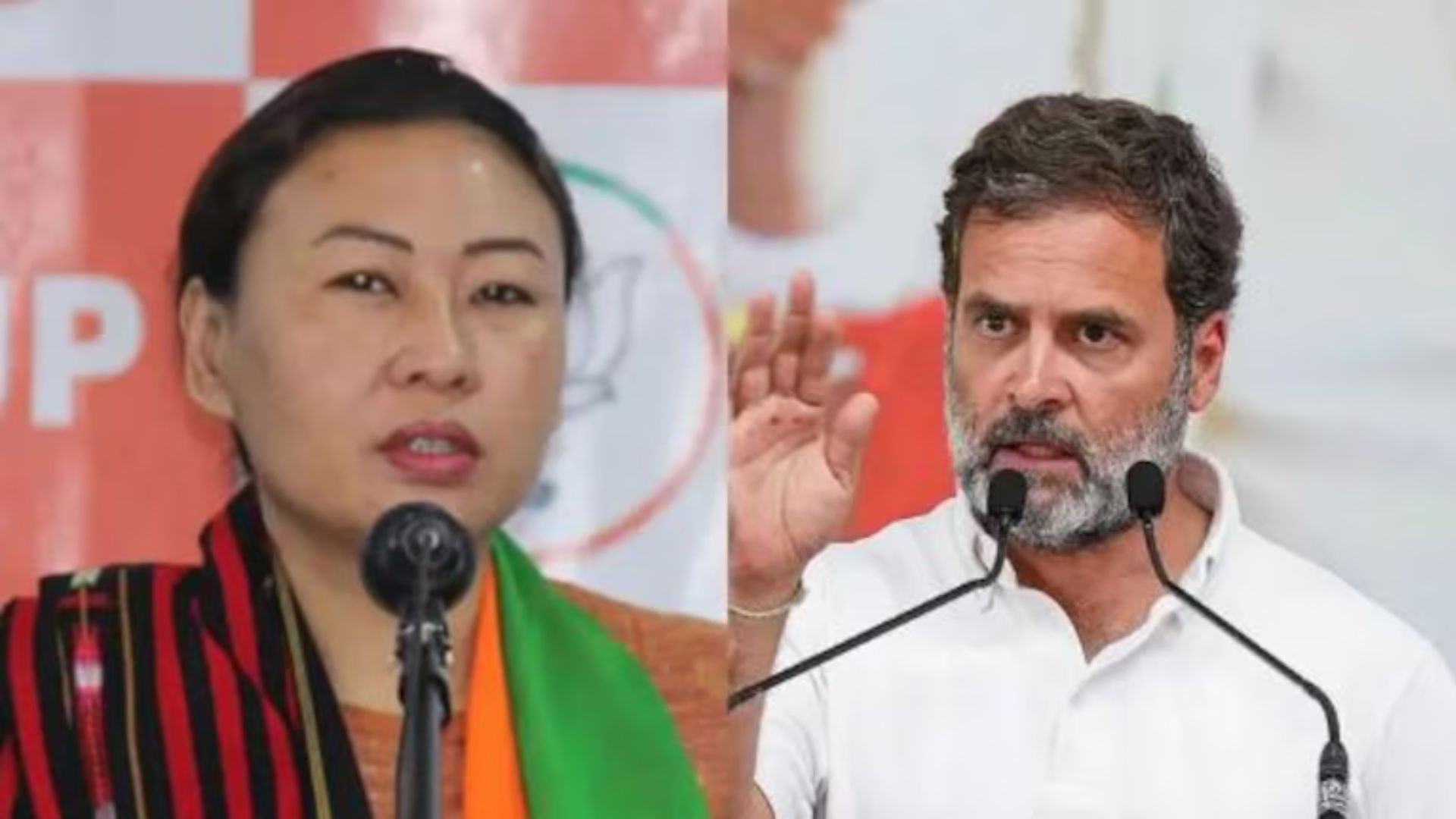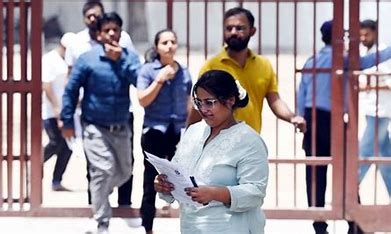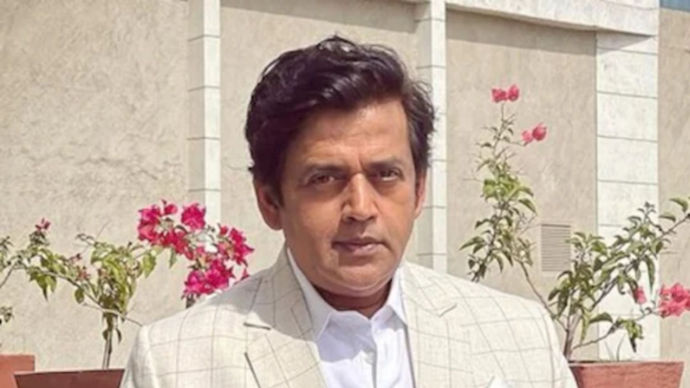
The upcoming Union Budget 2024-25 holds significant promise for the education sector, marking a potential turning point in India’s efforts to build a robust and future-ready educational framework. With increased allocations across various critical schemes, there is optimism about the positive impacts these financial commitments will have on school education and literacy. The highest-ever budget outlay for the Department of School Education and Literacy underlines the government’s commitment to empowering the youth, a crucial step towards national prosperity.
Record Allocation for School Education
The Budget allocation for FY 2024-25 stands at Rs 73,498 crore, the highest ever for the Department of School Education and Literacy. This substantial increase from the previous year’s allocation of Rs 68,804.85 crore highlights the government’s dedication to enhancing the quality and accessibility of education across the country.
In her interim Budget presentation, Union Finance Minister Nirmala Sitharaman emphasized the government’s commitment to empowering the “Amrit Peedhi,” or the youth of India. She noted, “Our prosperity depends on adequately equipping and empowering the youth. The National Education Policy 2020 is ushering in transformational reforms. PM Schools for Rising India (PM SHRI) deliver quality teaching and nurturing holistic and well-rounded individuals.”
Increased in State Governments and Union Territories Grants
The grants-in-aid to state governments and union territories have also seen a notable rise. Grants to state governments have increased by over Rs 8,200 crore, while the allocation for union territories has grown by Rs 308 crore. This rise is pivotal in supporting localized educational initiatives and ensuring the availability of funds when required.
Focus on Key Educational Schemes
Several key educational schemes have received increased allocations in the new budget. The Samagra Shiksha Abhiyan, Kendriya Vidyalayas, and Navodaya Vidyalayas have all seen a rise in their respective outlays. According to the Ministry of Education, this is the highest-ever budget allocation for school education, reflecting a strategic push towards improving the infrastructure and quality of education across government schools.
PM SHRI Scheme: A Major Boost
The budget for the PM SHRI scheme, which aims to upgrade existing government schools to model schools, has seen a substantial increase from Rs 2,800 crore in 2023-24 to Rs 6,050 crore in 2024-25. This Rs 3,250 crore increase underscores the government’s focus on creating exemplary institutions that can set benchmarks for educational quality and innovation.
Addressing Teacher Training and EdTech Integration
Teacher education and training remain critical components of the NEP 2020, which advocates for a significant increase in public spending on education. The efficient utilization of funds to support adequate staffing, continuous professional development, and the development of learning resources is essential for achieving the policy’s long-term goals. The budget should also prioritize technological integration into teaching and learning practices, emphasizing hybrid, online, and experiential learning methods.
The pandemic has highlighted the necessity of EdTech solutions to ensure uninterrupted education. Investment in technological infrastructure and training for educators will be crucial in making the education system more resilient and adaptive to future challenges.
Higher Education vs. School Education
While higher education continues to receive substantial attention and funding, it is imperative to balance school education. Establishing a strong foundation at the school level is vital for preparing students for higher education and future employment. The government’s focus on upgrading school infrastructure and improving the quality of education at the grassroots level is a step in the right direction.
Private Sector Partnerships
Partnerships with private educational organizations can enhance the effective use of infrastructure and resources, strengthening education delivery across the country. Pilot projects that leverage private sector expertise and facilities can serve as models for scaling quality education nationwide.
The highest-ever allocation for the Department of School Education and Literacy in the Union Budget 2024-25 reflects a renewed focus on education as a cornerstone of national development. By increasing funding for key educational schemes, supporting teacher training and EdTech integration, and fostering private-sector partnerships, the government is laying the groundwork for a more robust, inclusive, and future-ready education system.
As we look forward to implementing these budgetary commitments, we must ensure that funds are utilized efficiently and strategically. The collective efforts of the government, educational institutions, and private sector partners will be crucial in realizing the vision of a prosperous and empowered India driven by a well-educated and skilled youth population.
Reference link: https://economictimes.indiatimes.com/news/india/interim-budget-2024-25-school-education-gets-record-allocation-of-over-rs-73000-crore/articleshow/107331620.cms?from=mdr
The author is the Vice Chairman, Silverline Prestige School, Ghaziabad.















